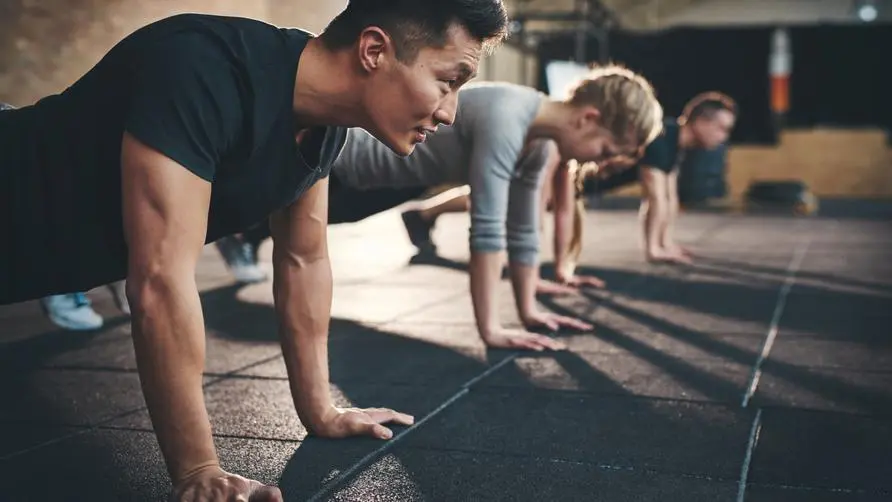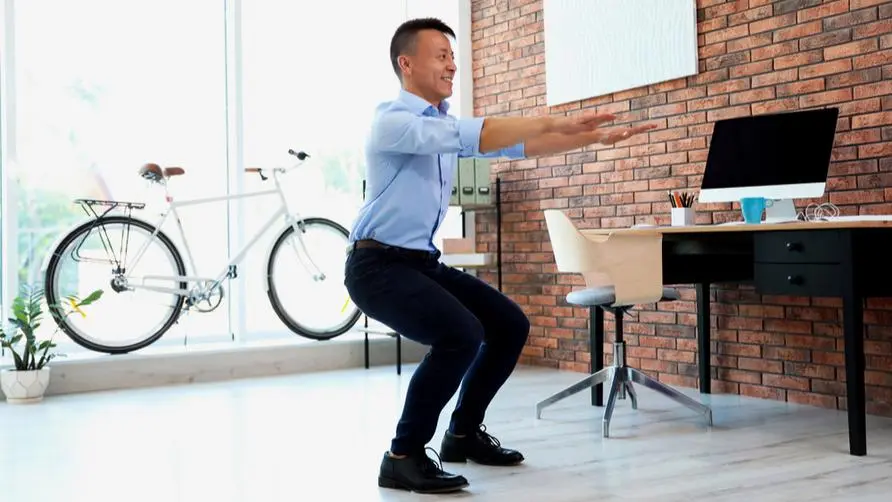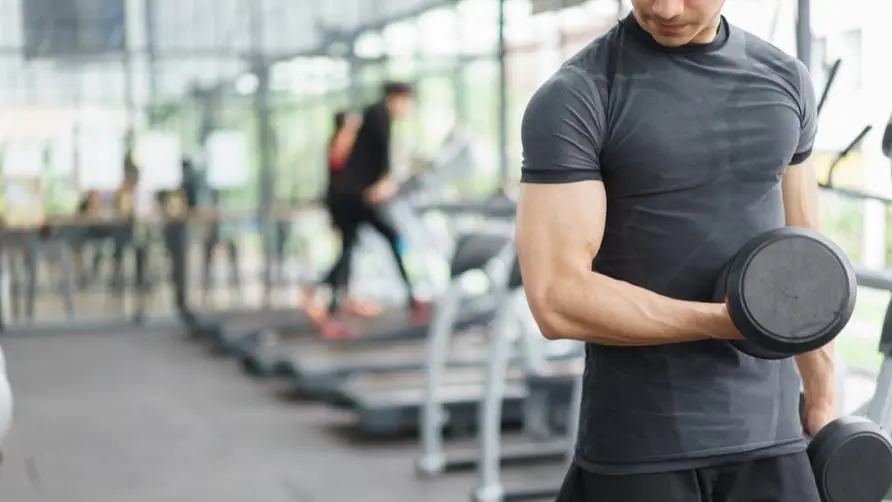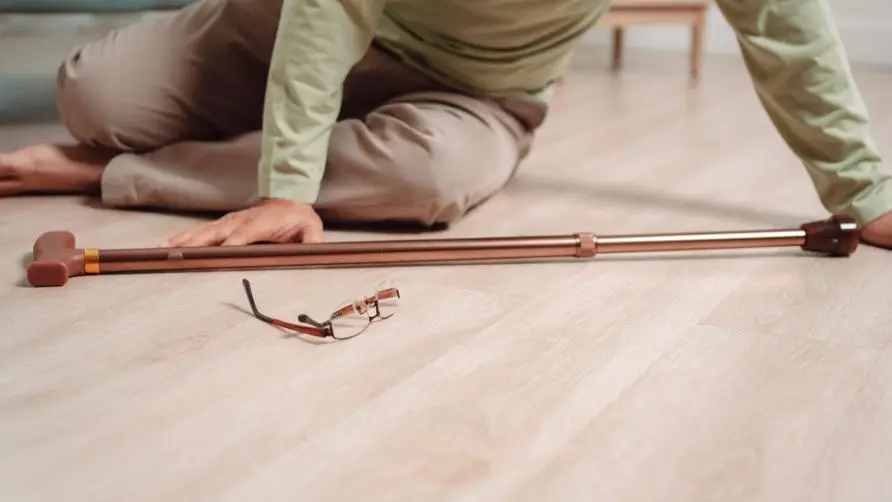Could sitting for too long lead to academic regression in children? "High-intensity training" 4 actions to improve children's learning ability

With the outbreak of COVID-19, Taiwan experienced two months of Level 3 alert last year, and daily life seemed to be back on track. Now, due to the pervasiveness of mutant viruses such as Omicron, Taiwanese people’s lifestyles have changed again. Being affected again has caused many people to significantly reduce their physical activity. Due to the impact of the epidemic, school-age children need to stay at home and attend online classes, so their physical activity is even less than that of adults.
Past research has found that long-term sitting can cause cognitive function to decline, and the quality of cognitive function will also directly affect children’s academic performance. Therefore, it becomes even more important to achieve the effect of improving academic performance by increasing children’s physical activity!
Exercising at home is super convenient! Study reveals “5 major benefits” of high-intensity interval training
Now that the epidemic is difficult to control, how can we safely and effectively increase physical activity and improve cognitive function at home? Today I would like to introduce to you a “convenient” exercise method that only takes a short time and has no restrictions on space or venue. It is an exercise that can be completed anytime and anywhere! Did you guess it? That is “High Intensity Interval Training”.
According to the definition of the American College of Sports Medicine (the goal of high-intensity interval exercise is to make the heart rate reach 80%-95% of the maximum heart rate (maximum heart rate estimation formula: 220-age, or 206.9-0.67 x age), or cannot The activity intensity of normal conversation during exercise is to achieve short-term and high-intensity physical exercise. The ratio of exercise to rest time is recommended to be 1:1 (for example: 30 seconds of exercise, 30 seconds of rest), and the entire exercise time is from 8. It ranges from minutes to tens of minutes.
Research shows that high-intensity interval exercise can bring many positive benefits to the body, especially in cardiorespiratory fitness. It has a better promotion effect than moderate-intensity aerobic exercise. It can also reduce body fat rate, improve contraction and Diastolic blood pressure, increased arterial elasticity, etc. In addition, even high-intensity interval exercise once a week can effectively reduce the risk of cardiovascular disease. Research in Taiwan has shown that 15 minutes of high-intensity exercise and 60 minutes of moderate-intensity aerobic exercise can both be effective. It can reduce all-cause mortality by 25%, which shows that high-intensity intermittent exercise has the characteristics of both “convenience” and “efficiency”.
So what impact does high-intensity interval exercise have on children’s brains? Nobuaki Tottori et al. recruited 56 elementary school students aged 8-12 in 2019 for an experiment, and divided them into two groups: HIIT group and control group for comparison. The experimental intervention lasted for 4 weeks. Students in the HIIT group were required to complete 8 to 10 minutes of high-intensity interval exercise three times a week. The results of the study found that the working memory performance of students in the HIIT group was significantly better than that of the control group. In addition, the cardiorespiratory endurance and muscular endurance of the students in the HIIT group were significantly improved and better than those of the control group.
High-intensity exercise, fitness and brain-building simple 4 movements that even children can complete
It can be seen that high-intensity intermittent exercise has many benefits for children. It is not only good for fitness but also good for the brain. Parents quickly take their children to move.
Next let us see how to operate it! Parents and children, please carefully read the operation methods of the following movements first, and make sure you have learned them before you start exercising to avoid injury!
Action 1: Squat
The starting position of the action is a normal standing position, with your feet slightly wider than your shoulders, focus on your feet, and make fists with both hands in front of your chest to maintain balance.
Inhale and squat down, imagine there is a chair behind the body, sit down slowly with your buttocks, and at the same time, pay attention to bending the knees and extending them toward the toes, keeping the upper body chest straight and not hunching over, and keeping the thighs parallel to the ground for 1 second. .
Exhale and use your thighs and buttocks to exert force to naturally lift your body back to the starting standing position.
Keep breathing without holding your breath throughout.
Action 2: Jumping jacks
The starting position of the movement is a normal standing position, with your feet together and your hands on both sides of your thighs.
Jump up with both feet at the same time, spread your legs slightly wider than shoulder width, spread your legs smoothly, and clap your hands on your head.
After landing, jump up again, this time with your legs together, and return your hands to both sides of your thighs to complete the movement.
Keep breathing without holding your breath throughout.
Action 3: Raise your legs high
The starting action is to bend your hands at your waist and make fists, and look straight ahead.
Lift the knee of the right foot to the level of the waist, then place the sole of the right foot on the ground, switch to the left foot and lift the knee to the level of the waist, and alternate between left and right. (Similar to running action, except legs are raised to waist level)
Keep breathing without holding your breath throughout.
Action 4: Climber
The starting action is stick pose (same as lying on the ground and standing up in preparation position). Place your palms on the ground so that your shoulders and wrists are in a straight line. Extend your feet straight back and land on the ground so that your heels, hips, and shoulders are in a straight line.
Draw the right knee in toward the abdomen, keeping the knee as close to the chest as possible; the person taking the position alternates with the left foot to complete one movement.
Keep breathing without holding your breath throughout.
Carry out the above four movements in order, operate for 30 seconds, rest for 30 seconds, and adjust the intensity and speed according to your body’s feelings. It is recommended to perform 3-4 groups!
References:
Zuhl, M., & Kravitz, L. (2012). HIIT vs continuous endurance training: battle of the aerobic titans. IDEA Fitness Journal, 9(2), 34-40.
ISO 690Lee, S., Yuki, A., Nishita, Y., Tange, C., Kim, H., Kozakai, R. (2013). Research Relationship Between Light-Intensity Physical Activity and Cognitive Function in a Community‐Dwelling Elderly Population—An 8‐Year Longitudinal Study. Journal of the American Geriatrics Society, 61(3), 452‐453.
Karlsen, T., Aamot, IL, Haykowsky, M., & Rognmo, Ø. (2017). High intensity interval training for maximizing health outcomes. Progress in cardiovascular diseases, 60(1), 67-77.
Tottori, N., Morita, N., Ueta, K., & Fujita, S. (2019). Effects of high intensity interval training on executive function in children aged 8–12 years. International journal of environmental research and public health, 16(21), 4127.
Further reading:





